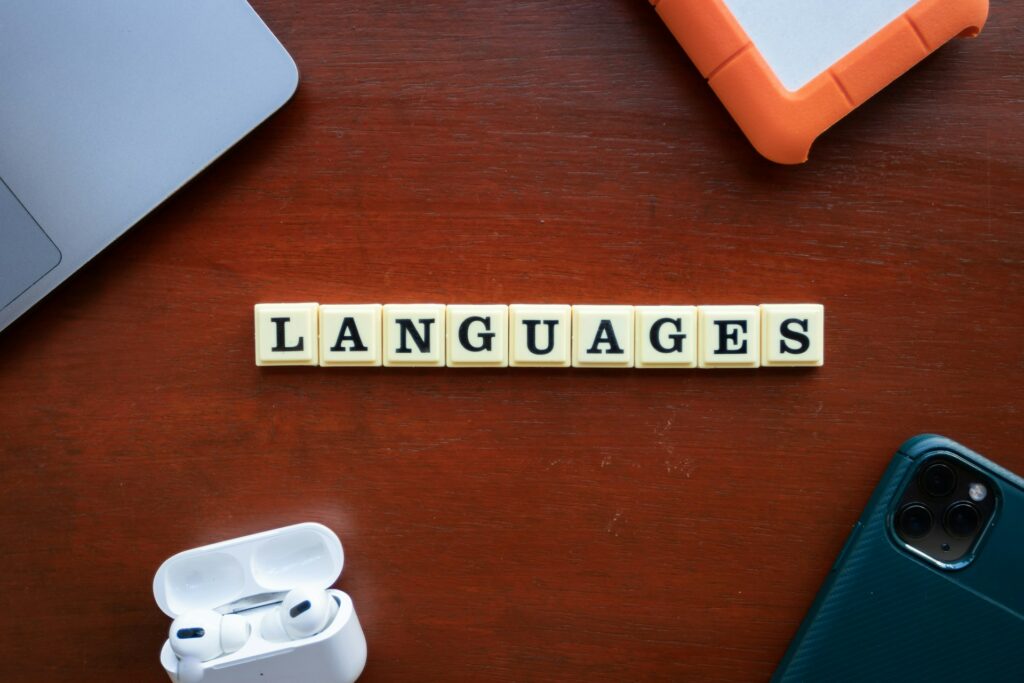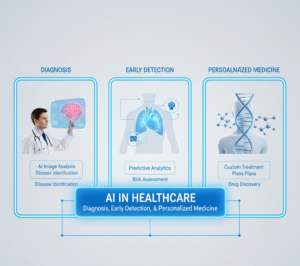The Potential for Artificial Intelligence Translation to Eliminate Language Barriers

The Potential for Artificial Intelligence Translation to Eliminate Language Barriers
Since the beginning of time, language has been one of the most critical challenges that humanity has faced. Communication across languages has traditionally relied on human translators, interpreters, or restricted translation systems. This has been the case in a variety of contexts, including diplomacy, education, business, and tourism. Currently, developments in real-time artificial intelligence translation are bringing about a change in the environment, bringing us closer to a world in which everyone can communicate to anyone, quickly and organically, regardless of the native language they originally speak.
The Meaning Behind the Term “Real-Time AI Translation Actually”
In the context of artificial intelligence translation, the term “real-time” refers to systems that are able to comprehend spoken or written language and provide an accurate translation virtually directly. Real-time translation, in contrast to standard machine translation, which processes language in segments, operates in a dynamic manner, predicting and translating words as they are said or typed, while preserving the flow of conversation and the emotional tone of the language.
Examples of modern applications include voice-enabled tools such as the conversation mode of Google Translate, Live Captions from Microsoft, and meeting assistants driven by artificial intelligence that provide real-time transcription in many languages. But this is just the beginning of a much wider technical progression that is still in its early phases.
This is the technology that enables instant comprehension.
The following artificial intelligence technologies are interconnected and power real-time translation:
- The process of converting spoken language into text through the analysis of sound waves, tone, and pronunciation is referred to as automatic speech recognition (ASR).
- Text is translated across languages using deep neural networks that have been trained on enormous multilingual datasets. This process is referred to as neural machine translation (NMT).
- Text-to-voice (TTS) Synthesis is a process that converts the translated text into voice that sounds natural while maintaining the rhythm and intonation of the original text.
- This type of artificial intelligence modeling makes use of big language models to comprehend idioms, context, and cultural nuances in order to provide translations that are more accurate and human-like.
- These components, when combined, constitute a continuous pipeline that is capable of listening, comprehending, translating, and speaking in real time respectively.
Why Automatic Translation in Real Time Is So Difficult
Although it has made significant progress, actual real-time translation remains a technological barrier for a number of reasons, including the following:
- Words can have several meanings depending on the context in which they are used. For example, the word “bank” might literally imply either a river edge or a financial organization.
- To effectively translate idiomatic expressions, humor, or emotions, it is necessary to have a cultural awareness in addition to a command of the language.
- Variations in Accent and Dialect Regional accents, slang, and regional speech patterns can cause models that have been trained on standardized data to become confused.
- In order to have a natural conversation, it is necessary to have a low response time while simultaneously understanding complicated linguistic structures.
- Security and Confidentiality: The processing of audio in real-time systems frequently takes place on the cloud, which raises concerns about the confidentiality and security of the data.
In what ways are contemporary AI models overcoming these challenges?
Recent advances are addressing these difficulties with amazing success, including the following innovations:
- Newer systems translate speech directly to speech, hence minimizing delay and compounding errors. This is in contrast to older systems, which separate automatic speech recognition (ASR) and natural language translation (NMT).
- AI has the potential to increase translation accuracy in video communication through the use of multimodal learning, which involves the incorporation of visual cues such as lip movement or facial emotions.
- Big Multilingual Models: Advanced language models such as GPT, Whisper, and SeamlessM4T are trained on hundreds of different languages, which enables them to behave more smoothly between languages.
- There are currently adaptive learning systems that allow real-time artificial intelligence translators to learn from ongoing conversations, human corrections, and contextual clues in order to continuously improve their accuracy.
Transforming Communication Across All Sectors of the Economy
It is not just a communication comfort that real-time AI translation offers; it is also a game-changer in terms of both the economy and society:
- When it comes to global business and trade, international teams are able to work together without any difficulties, thereby lowering their reliance on human interpreters and breaking down communication barriers between regions.
- Within the realms of healthcare and emergency services, physicians are able to rapidly communicate with patients in their native language, which enhances the diagnostic and therapeutic processes in multilingual environments.
- For the sake of education and research, students from all over the world have access to lectures, papers, and conversations in any language, which speeds up the transmission of information across the globe.
- When it comes to tourism and travel, immediate translation through wearables or mobile apps can help travelers navigate different environments and cultures with greater confidence.
- Real-time translation systems have the potential to lessen the amount of linguistic friction and misunderstanding that occurs during international discussions. This is beneficial for both diplomacy and governance.
Embedded and wearable translation devices are becoming increasingly popular.
As we move beyond apps, we are moving toward translators that can be worn. Earbuds, glasses, and even augmented reality headsets that are capable of providing real-time translation directly in your field of vision or ear are currently being developed by several companies. Imagine being able to hear someone speaking Japanese and hearing someone speaking English fluently in real time, without any delay or additional gadgets.
Such a solution relies on local artificial intelligence processing, also known as edge computing, to reduce latency while maintaining both speed and privacy. It is possible that in the future, these devices will become as widespread as smartphones, therefore altering the way people connect with one another.
Considerations of a Cultural and Ethical Nature
The use of real-time artificial intelligence translation creates ethical problems, much like any other disruptive technology:
- Will universal translation result in the simplification of global speech, which will result in the watering down of cultural expressions, humor, and local dialects?
- Bias & Misinterpretation: Artificial intelligence models continue to reflect the biases of their training data, which might result in translations that are imbalanced or phrases that are not sensitive to cultural norms.
- Concerns Regarding Privacy Live conversations that are being processed by AI systems have the potential to expose sensitive information if the data is handled improperly.
- Are people going to be less motivated to learn new languages if translation gets flawless? If translation becomes perfect, will people be less motivated to learn new languages?
- It will be a significant challenge for both legislators and developers to strike a balance between the preservation of cultural heritage and accessibility.
The Potential for Effortless Collaboration Across Multiple Languages
Assume that there are multinational conferences, schools, or online gaming sessions in which every participant speaks their native language, and yet everyone understands each other flawlessly. With the help of AI translation in real time, this event will become a common occurrence. Additionally, it has the potential to promote minority languages by incorporating them into global systems, thereby the preservation of linguistic diversity while simultaneously connecting communities.
Another Step Towards a World That Is Truly Connected
In the end, the objective is not simply translation but also comprehension itself. It is possible for artificial intelligence to develop empathy, minimize conflict, and expand cooperation across borders by bridging linguistic differences. When communication is no longer a struggle, collaboration is a natural consequence.
The Path That Lies Ahead
Researchers in artificial intelligence are concentrating their efforts on the following areas in order to achieve universal and high-fidelity translation:
- The expansion of data sets to cover indigenous languages and languages with limited resources.
- Improving the ability to recognize emotions allows for more tone-sensitive translation.
- Developing decentralized translation networks in order to achieve greater levels of anonymity.
- Incorporating translation skills into augmented reality and virtual reality environments in order to achieve multilingual immersion.
the beginning of a revolution in linguistics or language
One of the most significant uses of artificial intelligence is real-time translation provided by AI. This application has a direct impact on the way people engage with one another. It is inevitable that the goal of simple global communication will transition from the realm of science fiction to the realm of everyday reality as models grow more accurate, contextual, and emotionally knowledgeable. In the not-too-distant future, language will no longer be a barrier that separates people; rather, it will simply be a choice that people can make.




